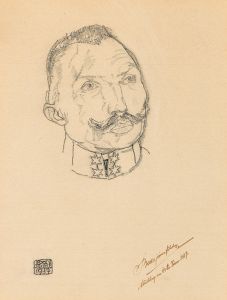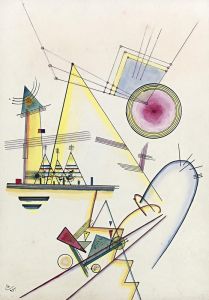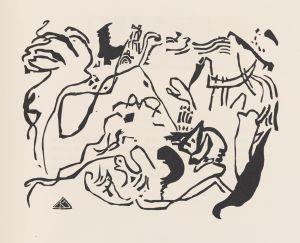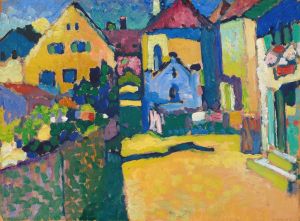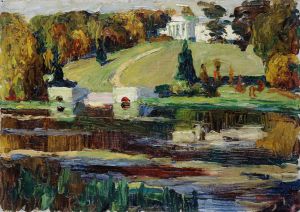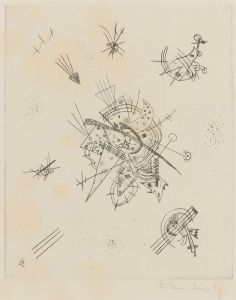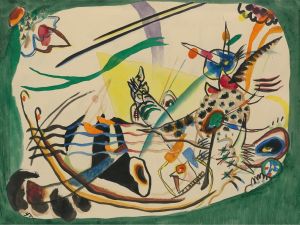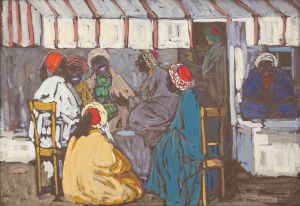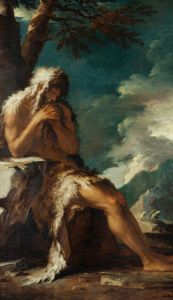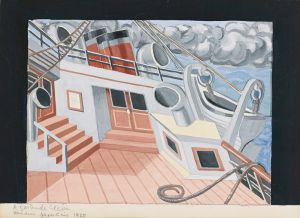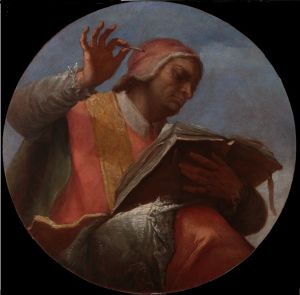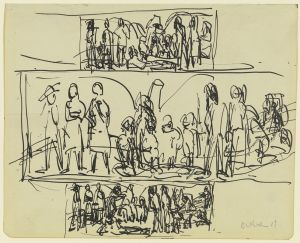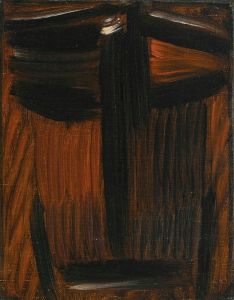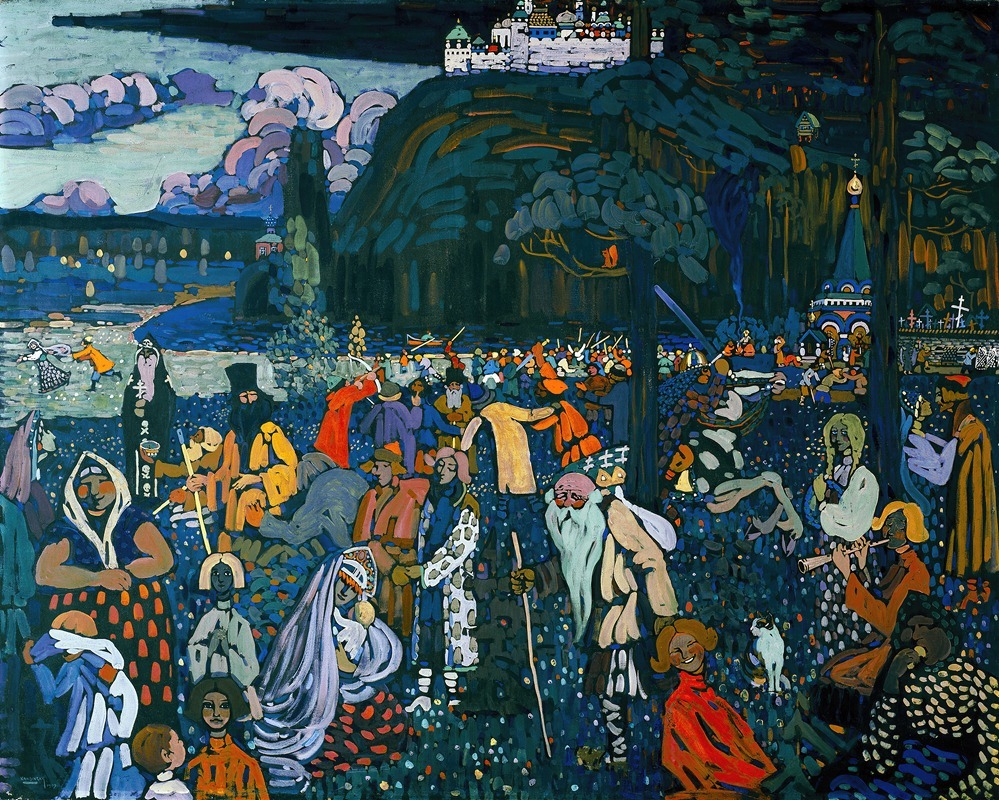
The colorful life
A hand-painted replica of Wassily Kandinsky’s masterpiece The colorful life, meticulously crafted by professional artists to capture the true essence of the original. Each piece is created with museum-quality canvas and rare mineral pigments, carefully painted by experienced artists with delicate brushstrokes and rich, layered colors to perfectly recreate the texture of the original artwork. Unlike machine-printed reproductions, this hand-painted version brings the painting to life, infused with the artist’s emotions and skill in every stroke. Whether for personal collection or home decoration, it instantly elevates the artistic atmosphere of any space.
Wassily Kandinsky's "The Colorful Life" is a notable work of art created in 1907, during a period when the artist was transitioning from his early representational style to the abstract art for which he later became famous. This painting is a vibrant example of Kandinsky's exploration of color and form, reflecting his interest in the emotional and spiritual effects of color.
"The Colorful Life" is characterized by its vivid palette and dynamic composition. The painting depicts a lively scene filled with various figures and elements that seem to be drawn from folklore and fantasy. The figures are rendered in a stylized manner, with bold outlines and flat areas of color, which was a departure from the more realistic depictions of earlier European art. This approach reflects Kandinsky's interest in the expressive potential of color and form, which he believed could convey emotions and spiritual truths.
The painting is often interpreted as a reflection of Kandinsky's fascination with Russian folk art and the Symbolist movement, which emphasized the use of symbolic imagery to convey deeper meanings. The figures in "The Colorful Life" appear to be engaged in various activities, creating a sense of movement and vitality. The use of bright, contrasting colors adds to the overall sense of energy and dynamism in the composition.
Kandinsky's work during this period was influenced by his exposure to various artistic movements and his own philosophical and spiritual beliefs. He was deeply interested in theosophy and the idea that art could transcend the material world to express spiritual realities. This belief is evident in "The Colorful Life," where the use of color and form seems to go beyond mere representation to evoke a sense of the mystical and the transcendent.
"The Colorful Life" is often seen as a precursor to Kandinsky's later abstract works, where he would further explore the idea of art as a means of expressing inner experiences and emotions. This painting marks an important step in his artistic development, as he began to move away from traditional representation and towards a more abstract and expressive style.
Today, "The Colorful Life" is housed in the Städtische Galerie im Lenbachhaus in Munich, Germany. It remains an important work in the study of Kandinsky's oeuvre, illustrating his early experimentation with color and form and his desire to push the boundaries of traditional art. The painting continues to be celebrated for its vibrant use of color and its innovative approach to composition, reflecting Kandinsky's enduring influence on the development of modern art.





